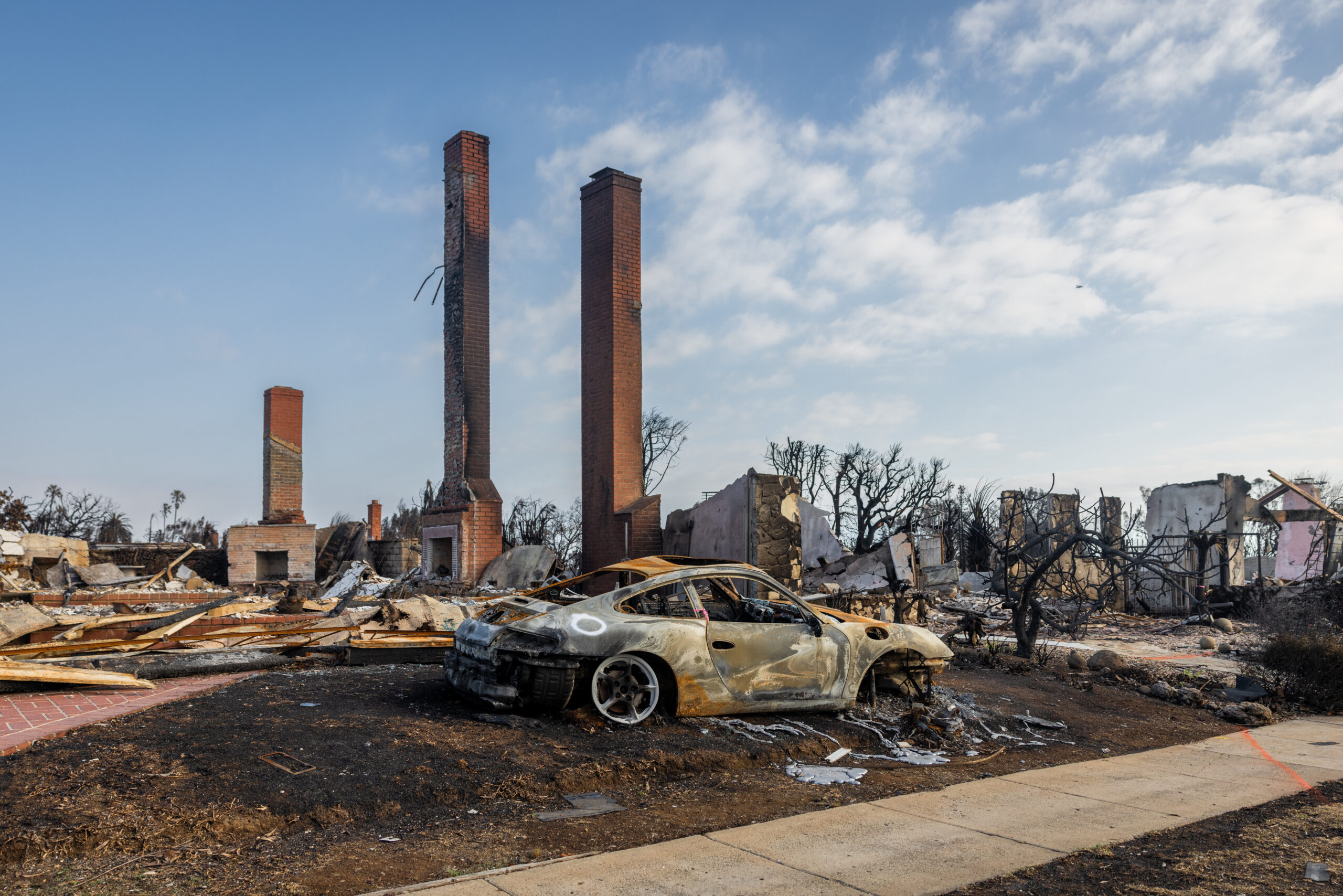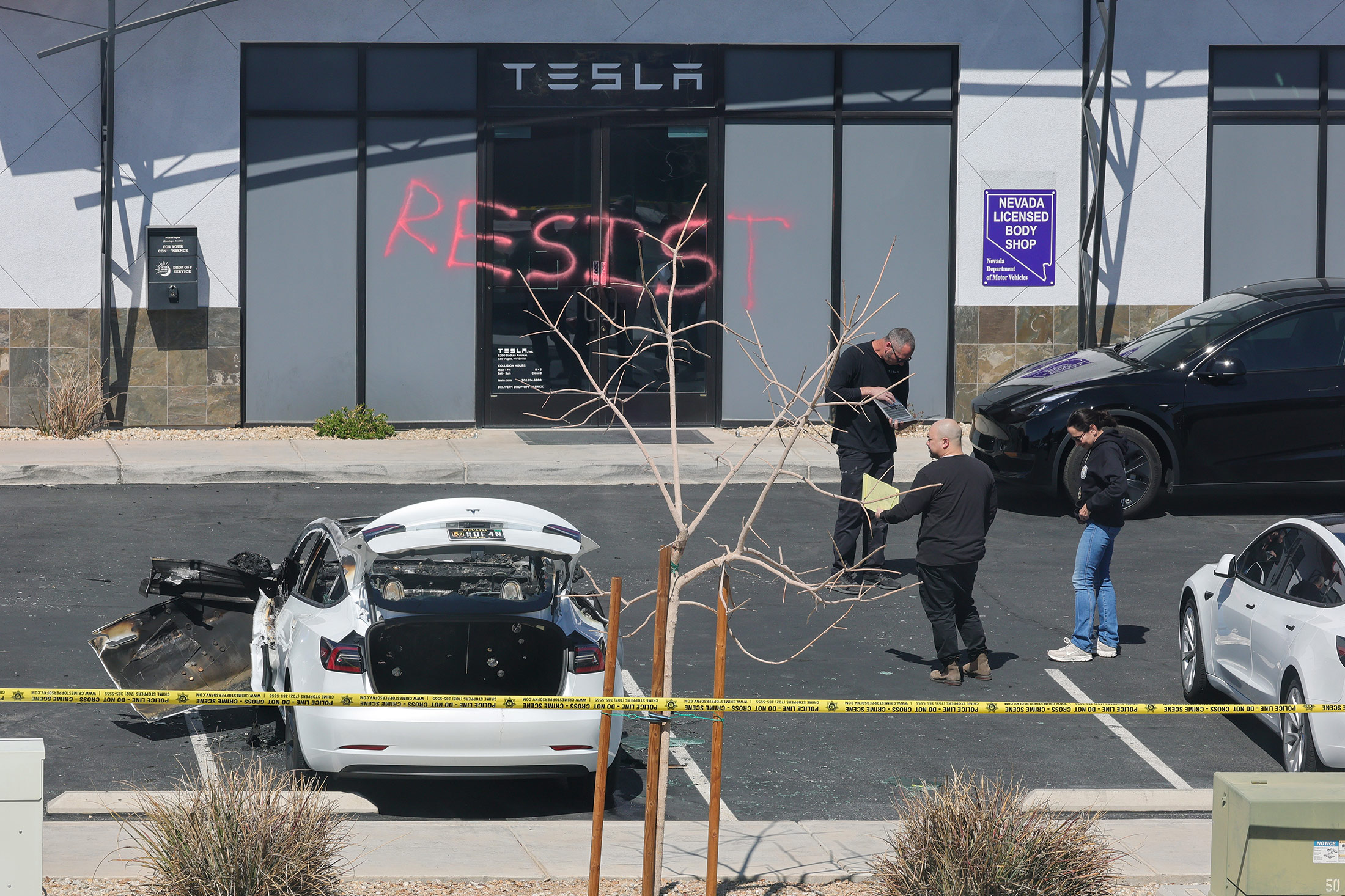DURANGO, Colo. — As if Southwest Colorado’s extreme drought wasn’t enough to raise concerns about a potentially destructive wildfire season, the added complications of the coronavirus have only fueled that anxiety.
The COVID-19 outbreak demands people isolate as much as possible to reduce the spread of the virus, but a typical wildfire response requires firefighters to work in close contact, under stressful conditions and in the presence of hazardous smoke.
In sum, things people should not be doing amid a global pandemic.
So how, exactly, are emergency personnel going to navigate this harrowing juxtaposition, along with other challenges that come with the coronavirus outbreak, should a large wildfire ignite?
“I think that all of us in the fire service, nationwide, are concerned what it’s going to look like if we get a major event going,” Hal Doughty, chief of Durango Fire Protection District, said recently.
“But some community, somewhere, is going to draw the unlucky card and have the big fire of the year. And we need to figure out what we need to do to keep firefighters and the community safe,” he said.
Conditions already dry
The risk for a major fire breaking out right now is high.
From October to April, the region saw just 70% of its average precipitation levels. This winter, the ground in the high country froze before snow arrived and was not able to absorb moisture. Lower elevations barely received any snowpack.
More recently, spring has been all but devoid of moisture. Unusually high temperatures have caused snowpack to melt earlier than normal. And soils are incredibly dry, a sign that fuels on the ground are ripe to burn.
“Unless we get some precipitation, we’re going to be fighting a lot of fires,” said Butch Knowlton, director of La Plata County’s Office of Emergency Management.
This week, La Plata County entered Stage 1 fire restrictions.
Virus complicates response
The U.S. Forest Service did not respond to a request for comment for this story. However, at a La Plata County meeting earlier this week, Richard Bustamante, fire manager for the San Juan National Forest, said the coronavirus outbreak delayed and complicated planning efforts for the upcoming wildfire season.
In recent weeks, the Forest Service has enacted fire restrictions and started to mobilize its wildfire response teams. But should a fire break out, the risk to firefighters remains a top concern.
“As much as we want to have a normal response to any new starts . it’s going to be harder this year,” Bustamante said.
Firefighters work side-by-side digging fire lines or back burning. They eat together, and sleep in large encampments. While typically made up of young people, fire crews endure significant stress, poor sleep and hygiene, and inhale dangerous smoke and dust.
Bustamante said the Forest Service held virtual trainings in recent weeks to limit human interactions and had crews quarantine before coming on. As of Tuesday, he said there were no reported positive cases of COVID-19 in the ranks.
“It’s not just everyone in tight quarters looking over a map like it used to be,” he said. “People are separating.”
Federal guidelines released last week recommend fire managers use small crews to limit widespread close contact among firefighters, and these crews should stay away from other large groups. The guidelines also recommend avoiding traditional large camps and say everyone should wear masks and other protective equipment when around those outside their immediate crew.
Keeping fires at bay
One of the main concerns is a major fire breaking out that requires assistance from firefighters across the country.
“We don’t want anything to grow in size where we need outside resources,” Knowlton said.
John Lee, chief of Fort Lewis Mesa Fire Protection District, said earlier this week La Plata County’s four fire districts have been in close contact to coordinate mutual aid, given this potential complication.
“Our resources are a little thinner on the federal side right now,” he said.
Knowlton added La Plata County Road and Bridge Department crews are supplying big water trucks so fire districts can concentrate on fighting fires and not worry about securing water to douse a blaze.
And this year, Bustamante said, the Forest Service is in full-suppression mode.
In recent years, the Forest Service has been using wildfire as a means of better managing the landscape, allowing blazes to burn to mimic when fires were part of the forest’s natural cycle.
But now, even though it would be hard to keep any fire under relative control given the dry conditions, Bustamante said COVID-19 poses additional risk, not just to firefighters, but also to the general public.
“COVID-19 is a respiratory issue, and smoke in the air does not help,” he said. “Does that mean we’ll catch everything? No. But we’ll give it our best effort, absolutely.”
Avoiding the worst
La Plata County’s Knowlton said managing evacuations and evacuation shelters are yet another challenge.
During past fires that required evacuations, very few people needed an emergency shelter, staying instead with family and friends. But with the COVID-19 outbreak, people may be less willing to house evacuees.
“It’s something we all have to think about,” Knowlton said. “Maybe we put people in hotel rooms. It’s a case-by-case scenario.”
Was this article valuable?
Here are more articles you may enjoy.

 VW, Stellantis, Renault Among Firms Fined $495M Million by EU
VW, Stellantis, Renault Among Firms Fined $495M Million by EU  Wall Street Brokers Start Trading Insurer Claims From LA Fires
Wall Street Brokers Start Trading Insurer Claims From LA Fires  France Fines Apple $162M Over iOS Data Tracking Consent
France Fines Apple $162M Over iOS Data Tracking Consent  Tesla Showroom Strikes, Vandalism Sparked by Fury Against Musk
Tesla Showroom Strikes, Vandalism Sparked by Fury Against Musk 